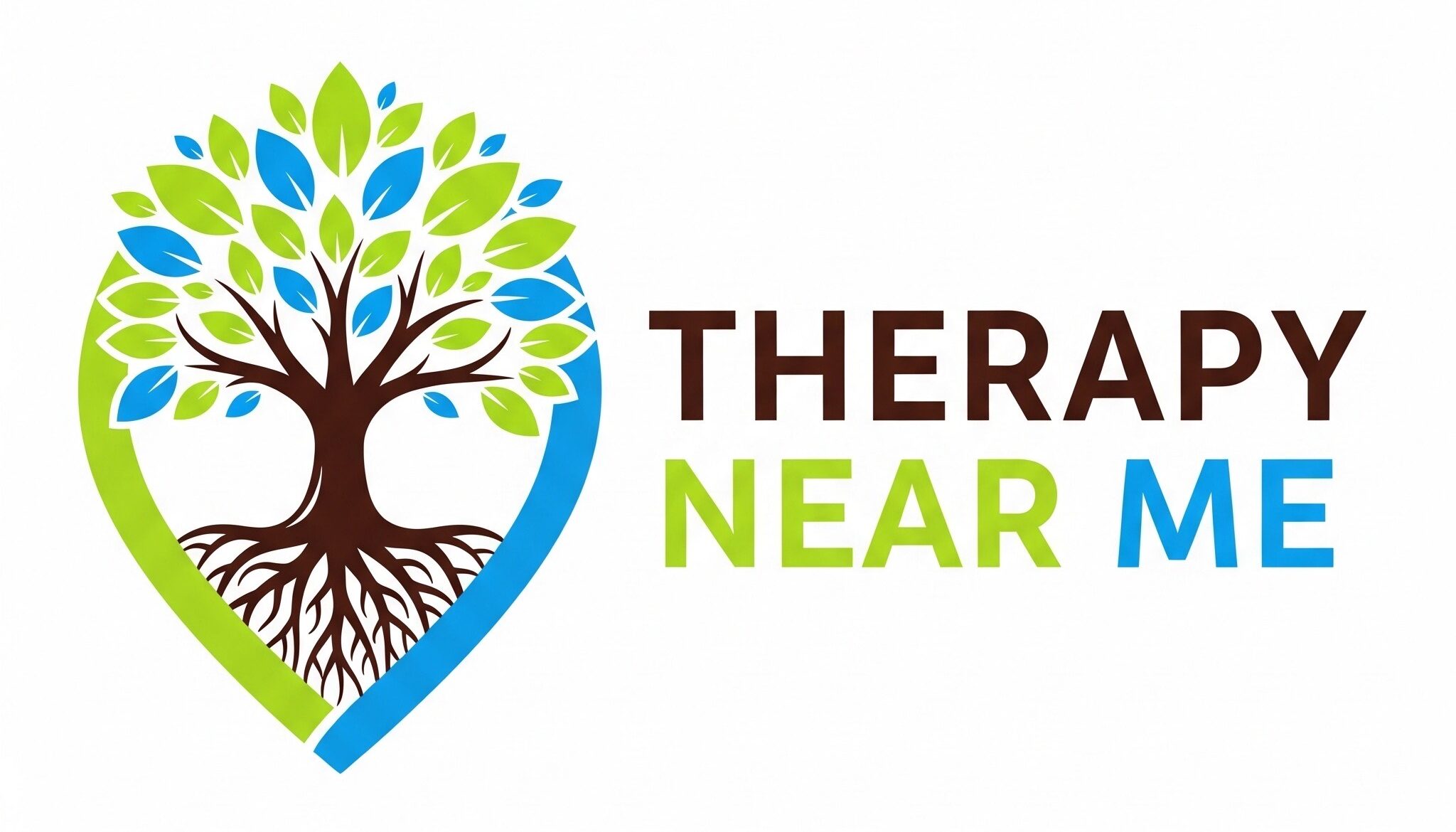In Australia, the intersection of homelessness and mental health presents a complex challenge that affects thousands of individuals and families across the nation. The relationship between homelessness and mental health is bidirectional: mental health issues can increase the risk of becoming homeless, and the experience of homelessness can exacerbate pre-existing mental health problems or trigger new ones. This article delves into the current state of homelessness and mental health in Australia, drawing on scientific research to highlight the depth of the issue and the need for integrated support systems.
The Scope of the Problem
Australia’s homelessness crisis is more than just a lack of physical shelter. It encompasses individuals living in inadequate, insecure, or temporary housing situations that significantly impact their well-being. The Australian Bureau of Statistics (ABS) reported over 116,000 people were experiencing homelessness on census night in 2016, a number that has likely increased in subsequent years (ABS, 2016). Concurrently, mental health issues among the homeless population in Australia are significantly higher than in the general population, with studies indicating that up to 75% of homeless people in Australia report having a mental health issue (Flatau, P., et al., 2013, Australian Journal of Social Issues).
Factors Contributing to the Crisis
Mental Health and Homelessness: Mental health issues, such as depression, anxiety, schizophrenia, and substance use disorders, are prevalent among homeless populations. The stressors associated with living without a stable home can exacerbate these conditions, creating a cycle that is difficult to break without targeted intervention (Johnson, G., & Chamberlain, C., 2008, Parity).
Economic and Social Determinants: Economic factors, including unemployment, lack of affordable housing, and poverty, are significant contributors to homelessness. Social factors, such as family breakdown, domestic violence, and social isolation, also play a crucial role. These issues are often compounded for Indigenous Australians, who are overrepresented in homelessness statistics (ABS, 2016).
Barriers to Accessing Support: Individuals experiencing homelessness and mental health issues face numerous barriers to accessing the support they need. Stigma surrounding mental health, lack of awareness of available services, and the transient nature of homelessness can all hinder effective treatment and support (Phelan, J.C., et al., 2000, American Journal of Public Health).
Moving Forward: Solutions and Supports
Addressing the intertwined issues of homelessness and mental health in Australia requires a multifaceted approach:
Integrated Support Services: Experts advocate for integrated services that address both housing and mental health needs simultaneously. Housing First models, which focus on providing stable housing as a foundation for addressing other issues, have shown promise in improving mental health outcomes and reducing homelessness (Tsemberis, S., 2010, American Journal of Public Health).
Policy and Funding: Increased funding and policy reforms focused on affordable housing, mental health services, and support for at-risk populations are crucial. Emphasizing prevention and early intervention can also reduce the number of people falling into homelessness due to mental health issues.
Community Awareness and Education: Raising awareness about the link between homelessness and mental health, reducing stigma, and promoting understanding within the community are vital steps towards a more compassionate and effective response to these challenges.
Conclusion
The relationship between homelessness and mental health in Australia is a pressing issue that requires coordinated efforts from government, non-profit organisations, and the community. By understanding the complex interplay between these factors and implementing integrated, compassionate solutions, we can move closer to a future where homelessness and mental health issues are addressed with the seriousness and empathy they deserve.
References
- Australian Bureau of Statistics (ABS). (2016). Census of Population and Housing: Estimating Homelessness, 2016.
- Flatau, P., et al. (2013). The Cost of Homelessness and the Net Benefit of Homelessness Programs: A National Study. Australian Journal of Social Issues.
- Johnson, G., & Chamberlain, C. (2008). Homelessness and Substance Abuse: Which Comes First? Parity.
- Phelan, J.C., et al. (2000). Stigma, Social Inequality, and Alcohol and Drug Use. American Journal of Public Health.
- Tsemberis, S. (2010). Housing First: The Pathways Model to End Homelessness for People with Mental Illness and Addiction. American Journal of Public Health.
How to get in touch
If you or your patient/NDIS clients need immediate mental healthcare assistance, feel free to get in contact with us on 1800 NEAR ME – admin@therapynearme.com.au.
Discover more from Therapy Near Me
Subscribe to get the latest posts sent to your email.






